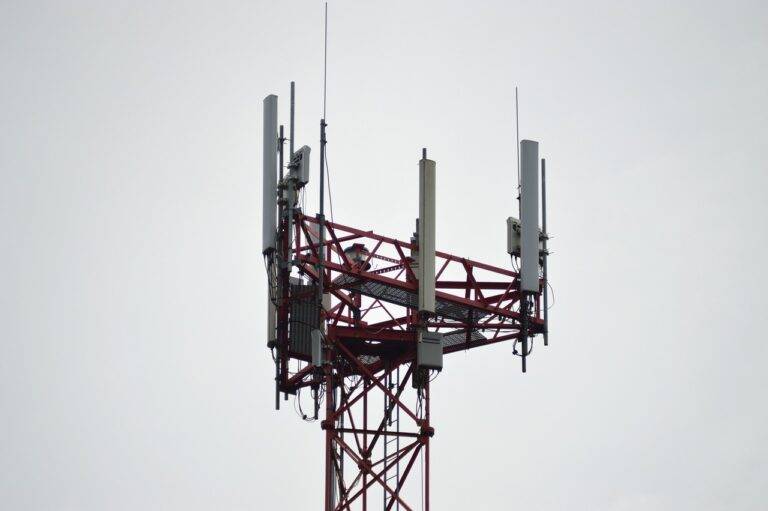The Impact of Tech on Transportation Infrastructure
The pervasive issues present in traditional transportation systems are multifaceted and far-reaching. Congestion on roadways continues to be a prominent challenge, leading to increased travel times for commuters and freight alike. Additionally, the reliance on fossil fuels in these systems contributes to environmental degradation and public health concerns.
Moreover, the lack of efficient connectivity between different modes of transportation further compounds the inefficiencies of traditional systems. Limited coordination between various transportation agencies often results in disjointed services and suboptimal routes for passengers. These challenges highlight the urgent need for innovation and modernization in transportation infrastructure to address the growing demands of urban mobility.
• Congestion on roadways leading to increased travel times
• Reliance on fossil fuels contributing to environmental degradation and public health concerns
• Lack of efficient connectivity between different modes of transportation
• Limited coordination between transportation agencies resulting in disjointed services and suboptimal routes for passengers
Advancements in Intelligent Transportation Systems
Intelligent Transportation Systems (ITS) have revolutionized the way transportation networks operate and manage traffic flow. Through the integration of advanced technologies such as sensors, cameras, and communication systems, ITS enables real-time monitoring and control of traffic conditions. This allows for more efficient management of congestion, leading to smoother traffic flow and reduced travel times for commuters.
One key advancement in ITS is the implementation of smart traffic management systems. These systems utilize data from various sources to predict traffic patterns and adjust signal timings accordingly. By incorporating artificial intelligence and machine learning algorithms, smart traffic systems can adapt in real-time to changing traffic conditions, ensuring optimal efficiency and safety on the roads.
Integration of Big Data in Transportation Infrastructure
In today’s rapidly advancing world, the integration of big data in transportation infrastructure has emerged as a seminal concept. With the colossal amounts of data generated through various transportation systems, the possibilities for leveraging this information to optimize efficiencies are boundless. From traffic flow patterns to public transportation utilization, big data holds the key to revolutionizing how we perceive, manage, and enhance transportation networks.
Through the implementation of cutting-edge analytics tools, transportation authorities can harness the power of big data to predict traffic congestion, improve route planning, and enhance commuter experiences. By leveraging real-time data collection and analysis, cities can proactively address potential bottlenecks and streamline the overall transportation ecosystem. The integration of big data is not merely a trend but a necessity in modernizing transportation infrastructure to meet the growing demands of urban mobility.
What are some challenges in traditional transportation systems?
Some challenges in traditional transportation systems include congestion, inefficient route planning, lack of real-time data, and difficulty in predicting and responding to traffic patterns.
How have advancements in intelligent transportation systems improved transportation infrastructure?
Advancements in intelligent transportation systems have improved transportation infrastructure by providing real-time data on traffic, weather conditions, and road incidents, allowing for better traffic management, enhanced safety, and more efficient route planning.
How does the integration of big data in transportation infrastructure benefit the system?
The integration of big data in transportation infrastructure benefits the system by enabling a more data-driven approach to traffic management, predictive maintenance, and decision-making. It helps in optimizing resources, reducing congestion, improving safety, and enhancing overall efficiency in transportation systems.





